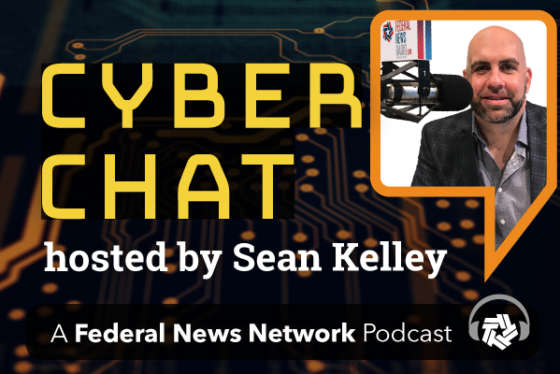Jothi Dugar wants to change cybersecurity. But not by creating a new technology, framework or methodology. The Chief Information Security Officer at the National Institute of Health’s Center for Information Technology wants to change the look of those who work in cybersecurity.
On this edition of CyberChat, Host Sean Kelley discusses Dugar’s plans to remake the cyber workforce.
“Diversity is often thought of as simply a race- or gender-type of issue. In my perspective, it’s much broader than that. So when I look at diversity, I look at a variety of different factors such as thinking style, ethnicity, age, religion, education, experience, perspective and skills. I look at it as a variety of different things and that’s really what makes up a really good workforce in any setting, but especially in cyber,” Dugar said.
Dugar said the cyber profession needs many different types of skillsets. “I value communication skills, organizational skills, project management skills … diversity of talent, personalities, empathetic skills and even creativity.”
Creativity is top on her list of traits, especially when trying to understand people outside of your area of expertise. “You really need to think outside of the box sometimes and be able to speak the language of the person who you are trying to help.”
And creative thinking, Dugar continued, needs to evolve into creative actions. “We need to speak the language of a CIO and even different stakeholders. At the NIH, we can’t go to a clinical director or a scientist or researcher and speak the same language that we speak to a system administrator,” Dugar said. “Some people can relate more to visual. Some people relate more to just hearing things and some people want something in writing.”
Dugar said the cyber industry creates cultures that foster burnout and that costs organizations 10 times more than absenteeism. “So if you just don’t show up to work, you’re actually costing the organization less than showing up to work and being burnt out.”
Workforce wellness is a critical aspect to increase performance, according to Dugar. “Enhancing workforce wellness programs, enhancing the diversity in the workplace, employee engagement, adequate training and most importantly placing our people first and taking care of them will go a long way.”
Copyright
© 2024 Federal News Network. All rights reserved. This website is not intended for users located within the European Economic Area.

